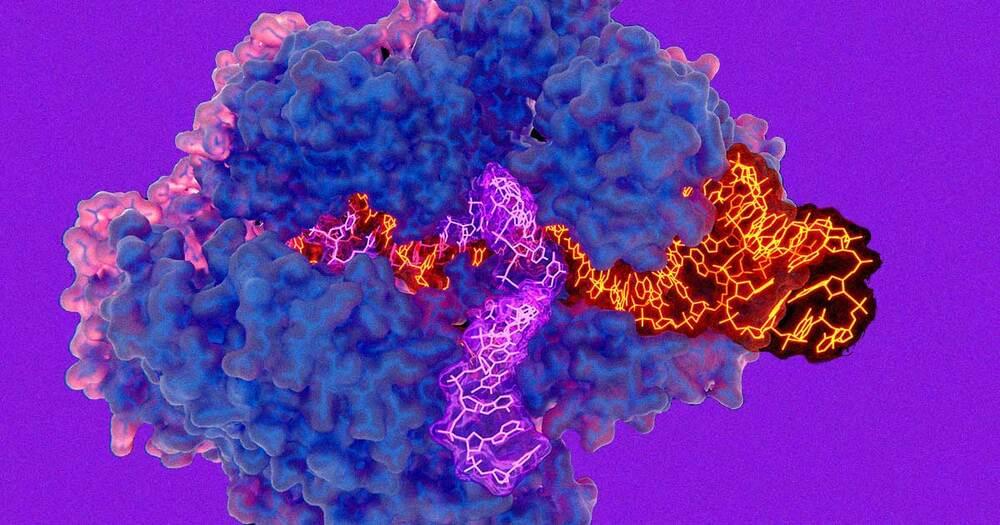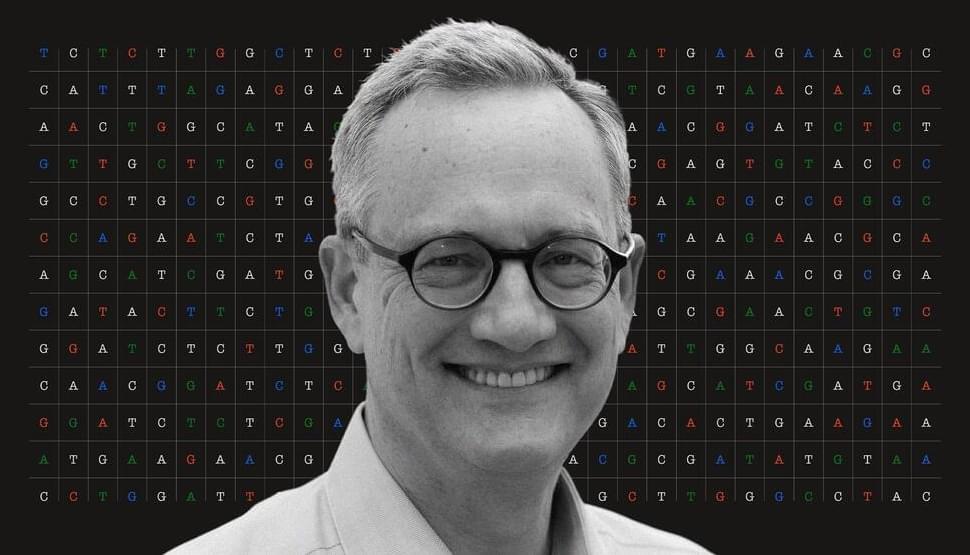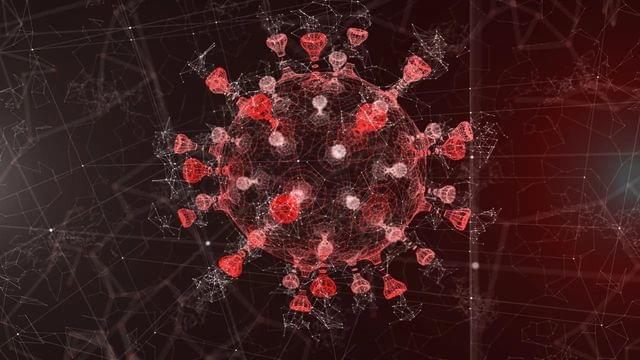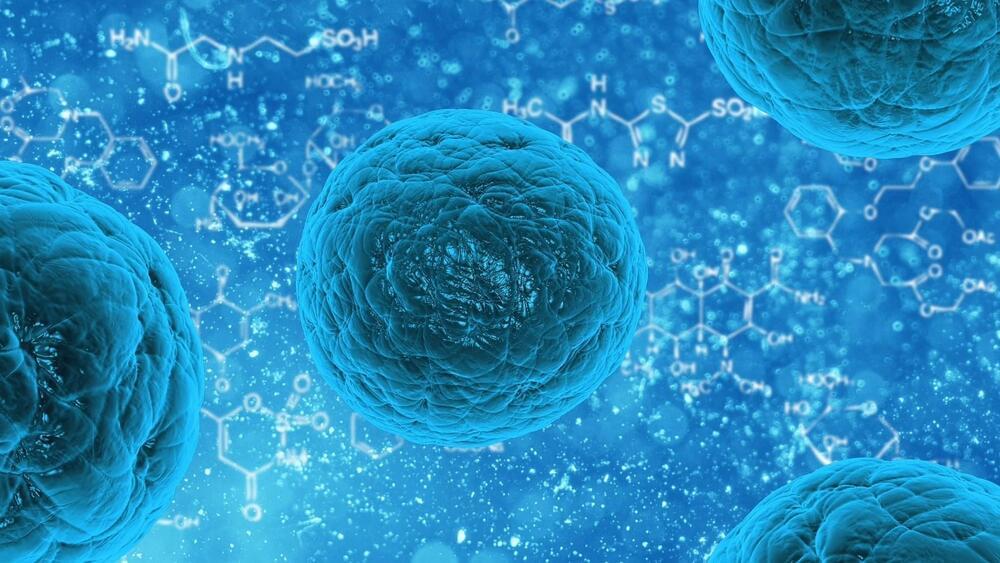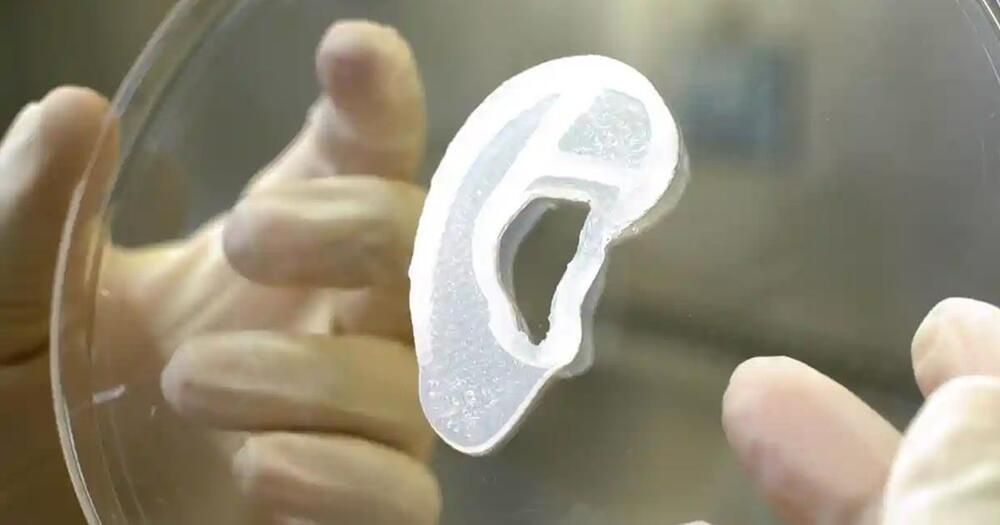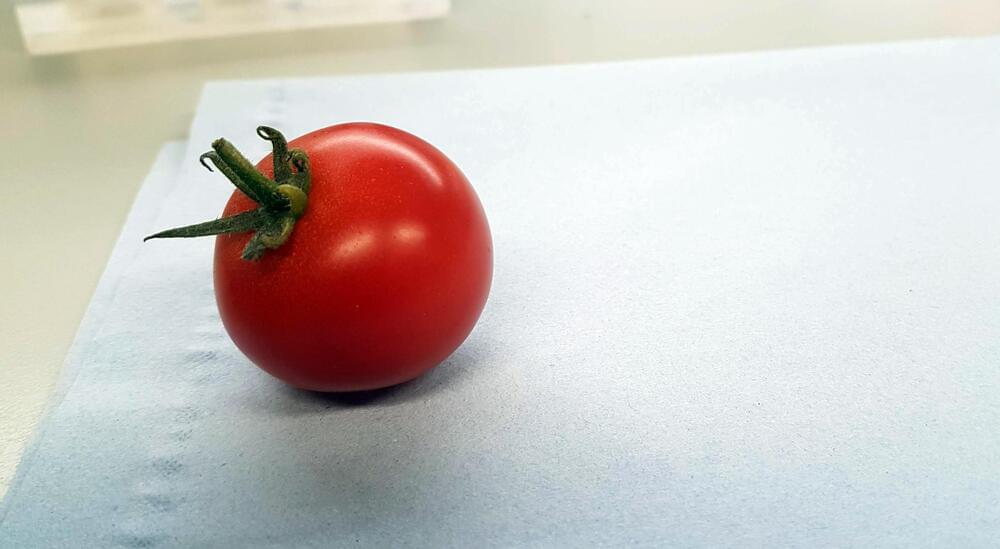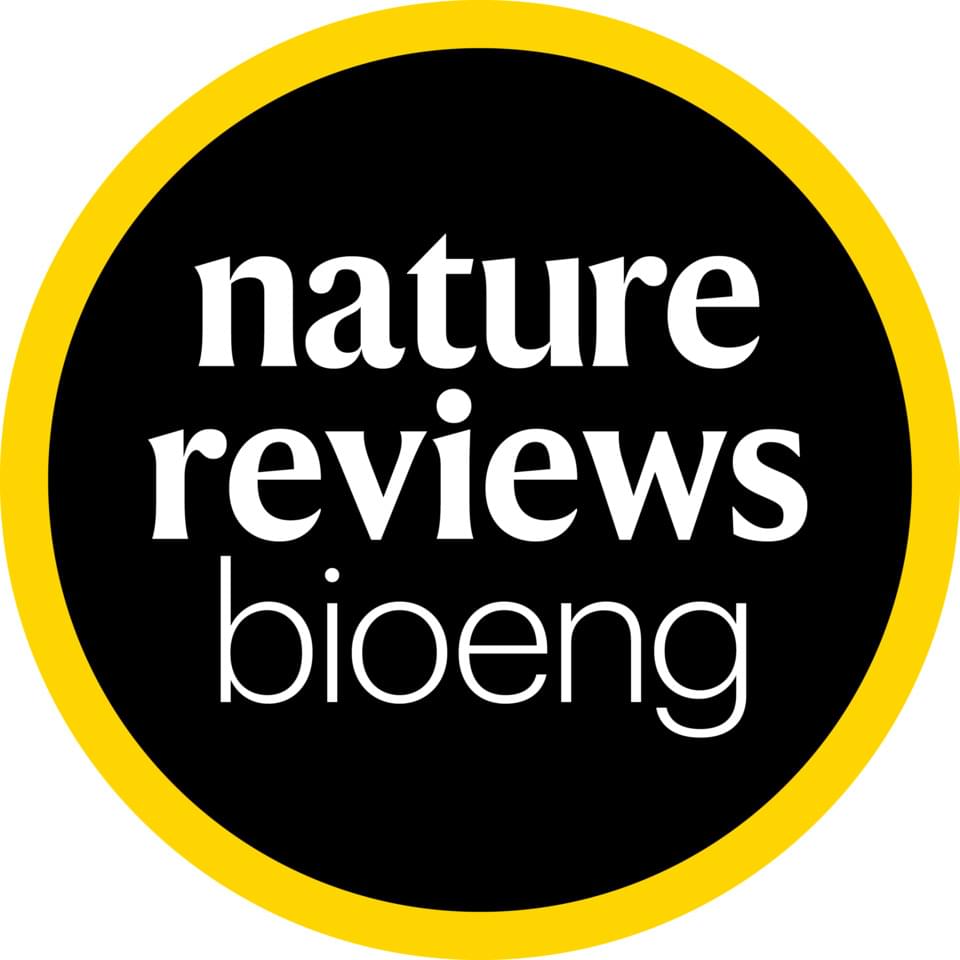Superhumans are coming! Various technological advances in the field of medicine through AI and CRISPR are going to radically alter our understanding of what it means to be human. AI and Crispr technology have been making revolutionary changes to the field of medicine. Artificial intelligence is being applied in identification of harmful genes and treatment of disease.
Multiple new gene editing technologies in addition to artificial intelligence will cause major changes in healthcare.
The gene-editing tool CRISPR, short for clustered regularly interspaced short palindromic repeats, could help us to reprogram life. It gives scientists more power and precision than they have ever had to alter human DNA.
Could it be conceivable that at one point in the future we could increase the average IQ of the population?
CRISPR technology in the future could enable efficient and affordable treatment of many diseases. It will be also probably used to enhance our intelligence.
CRISPR was originally designed as a technique for editing the DNA of living organisms, but its uses and capabilities have expanded substantially. It is now used widely in biomedical research, including research into human genetics. One of the main issues concerning technologies such as CRISPR-Cas9 is accuracy and safety, as mistakes can have significant and dangerous consequences when it comes to an individual’s genome.
David Sinclair explains the mind boggling breakthroughs of medicine in recent times.
The possibility of altering the sequences of genes and correcting the mistakes that were previously irreversible opens many new possibilities for research. Nevertheless, for now, genetic editing technology is still incapable of making the hundreds of changes presumably necessary to make a superintelligent human. But the corresponding ethical issues deserve serious attention before these capabilities become a reality.
